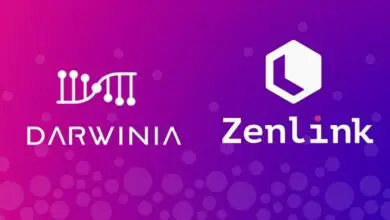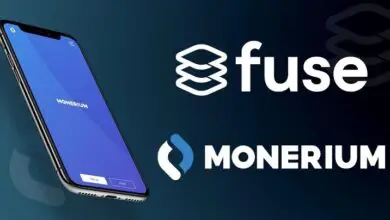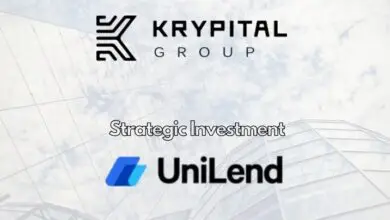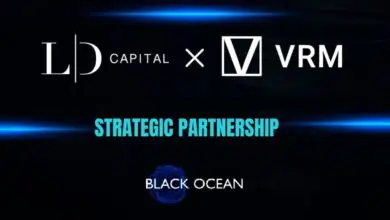SWIFT Tests Blockchain Payments on Ethereum’s Linea

Key Highlights
- According to the latest report, SWIFT and other major banks are experimenting with blockchain-based payments
- Ethereum’s layer-2 solution, Linea, is reportedly part of this test
The Society for Worldwide Interbank Financial Telecommunication (SWIFT), a main authority of the world’s banking system, is running a landmark test to connect its network directly to a blockchain.
🟥 Exclusive @TheBigWhale_
SWIFT chooses Linea for blockchain testing
According to information gathered with @BukovskiBuko3, SWIFT and several major global banks (including BNP Paribas and BNY) have chosen @LineaBuild, the Ethereum layer 2 developed by @Consensys, to experiment… pic.twitter.com/EaWLg1IfKp
— Grégory Raymond 🐳 (@gregory_raymond) September 26, 2025
According to the buzz on the internet, this is not just an experiment. Some experts believe that this is a major development to make international money transfers as fast and easy as sending an email by using layer 2 on blockchain technology.
The pilot project, first reported by The Big Whale, involves more than a dozen of the world’s largest banks, including BNP Paribas and BNY Mellon. They are testing SWIFT’s new system on an Ethereum-based network called Linea.
The purpose of this testing is to combine the message that says “money is coming” with the actual payment itself, all happening on a secure digital ledger.
SWIFT Explores Layer 2 Solution for Faster Global Payments
SWIFT is like the global post office for banks. It does not move the money itself but sends messages between over 11,000 banks in 200 countries, telling them where to send funds. This old system, called correspondent banking, is slow. It can take days and involves multiple middlemen. Also, each of these middle entities takes a fee.
By putting both the instruction and the payment on a shared digital ledger, transactions can settle in minutes, not days. SWIFT has been exploring this for years, but this new experiment is its most significant leap yet.
Instead of just sending a message, SWIFT is testing a system where the message is the payment, using a digital token that acts like a stablecoin for banks.
Why Linea?
Linea is a layer-2 scaling solution on the Ethereum blockchain. This solution can provide solutions to two major challenges for banks, which are scalability and privacy.
The main Ethereum network can be slow and expensive when busy. Linea is what’s called a “Layer 2” network. It processes transactions quickly and cheaply, but its security is still anchored to the main Ethereum network.
Crucially for banks, Linea comes with advanced privacy features. Banks cannot broadcast their sensitive transaction details for everyone to see. Linea uses complex cryptography to allow banks to prove a transaction is valid without revealing private information, a must-have for meeting strict financial regulations.
Financial Institutions and Banks are Adopting Blockchain Innovations
The SWIFT pilot is not only a single financial institution to adopt Blockchain-based innovations. Behind the scenes, many banks are already building their own digital payment rails.
JPMorgan Chase is a leader. Its “JPM Coin” already handles $1 billion per day in instant settlements for big institutions. In June, they launched “JPMD,” a digital dollar token for business payments.
Citigroup and Bank of America have also publicly stated they are preparing to launch their own stablecoins, waiting only for full regulatory green lights.
Visa and Mastercard are deeply involved. In 2024, Visa settled $1.5 billion worth of transactions using the USDC stablecoin.
Banks estimate that using these digital tokens can cut the cost of cross-border payments by up to 80% and reduce settlement time from days to seconds, according to Boston Consulting Group (BCG).
The SWIFT test is still in its early stages. The group of banks will spend the next several months putting the system through its paces. The big question is whether it can handle the immense scale of global finance as SWIFT’s network processes a staggering 45 million messages a day.
On one hand, banks and financial institutions are aggressively adopting blockchain-based innovations, while the International Monetary Fund (IMF) has warned against the mainstream adoption of cryptocurrencies in the financial market. The IMF stated that such adoption could damage a country’s economy and weaken its fiat currency.



